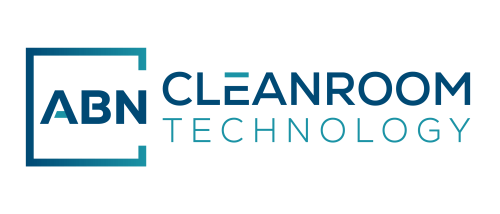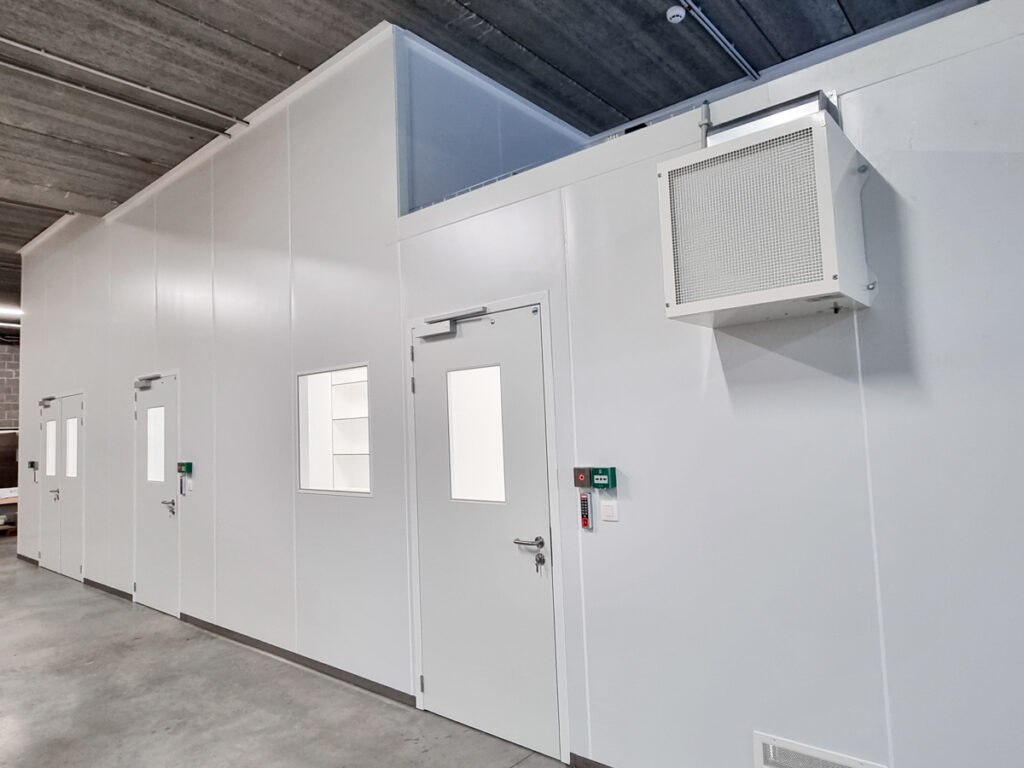WHITEPAPER
Elevating Cleanroom Technology
The transition to Cleanroom-as-a-Service: advantages of a new business model in productized cleanroom solutions
Introduction
In this article, we delve into the evolving landscape of the cleanroom industry, shedding light on the potential advantages of adopting a service-oriented business model, Cleanroom-as-a-Service (CaaS). While the software industry already made this shift in the late nineties (SaaS), the manufacturing industry is slowly making this shift through servitization (Neely, Benedettini, & Visnjic, 2011). This transition from a product-centric world to a solutions-focused approach has yet to fully unlock its potential in the cleanroom sector. ABN Cleanroom Technology has embarked on this journey to not only deliver cleanrooms but also offer a full turnkey service model.
Making the switch to a service model in the form of an Industrial Product Service System (IPSS) consists of different checkboxes that need to be ticked for success (Ayala, Paslauski, Ghezzi, & Frank, 2017). The following sections of this paper will delve into diverse topics, providing insights why ABN Cleanroom Technology initiated this change and why the transition to a CaaS model is essential for fostering innovation in our client’s industry.
This necessary shift to Cleanroom-as-a-Service will be based on the three most important topics to ensure a successful transition:
- Shifting our financial model from CAPEX to OPEX
- From traditional cleanrooms to productized cleanroom solutions
- Transition from Service to Cleanroom Lifecycle Management

